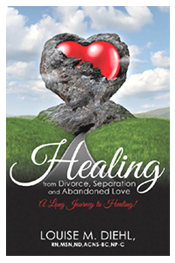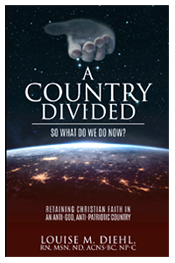Review of Cardiovascular
Anatomy & Physiology
The heart is a cone shaped muscular organ located in the chest behind the sternum in the mediastinal cavity between
the lungs and in front of the spine. The heart is approximately the size of a fist.
The heart’s wall (Pericardium) is made up of three layers:
- Epicardium - inner surface
- Myocardium - makes up the largest portion of the heart’s wall. This muscle tissue contracts with each heartbeat.
- 3 second strip by 20
- Endocardium - innermost layer of the heart’s wall contains endothelial tissue that lines the heart chambers and valves.
A skeleton of connective tissue called the fibrous pericardium surrounds the heart and acts a tough protective sac.
Chambers
The right and left ventricles are the pumping chambers of the heart.
Valves
Coronary Circulation
The heart needs an adequate supply of blood to survive. The coronary arteries which lie on the surface of the heart
supply the heart muscle with blood and oxygen.
Left coronary artery originates off the aorta and supplies blood to the right atrium, the right ventricle, and part
of the inferior/posterior surfaces of the left ventricle. The Bundle of His, the AV node and the SA node receive blood
from this artery.
The left coronary artery runs along the surface of the left atrium where it splits into the anterior descending and
the left circumflex arteries.
The left anterior descending artery supplies blood to the anterior wall of the ventricle, the interventricular septum,
the right bundle branch and the left anterior fascicle of the left bundle branch.
The circumflex artery supplies oxygenated blood to the lateral walls of the left ventricle and to the left atrium.
The circumflex also supplies blood to the left posterior fascicle of the left bundle branch. This artery circles around the
left ventricle and provides blood to the ventricle’s posterior portion.
When two or more arteries supply the same region they usually connect through anastomoses junctions that provide alternative
routes of blood flow. These alternate routes of blood are called collateral circulation and provide blood capillaries that
directly feed the heart muscle. Collateral circulation becomes so strong that even if major coronary arteries become clogged
with plaque collateral circulation can continue to supply blood to the heart.
Transmission of Electrical Impulses
The heart can’t pump unless an electrical stimulus occurs first. Generation and transmission of electrical impulses depend
on the automaticity, excitability, conductivity and contractility of cardiac cells.
Automaticity refers to a cell’s ability to initiate an impulse. Pacemaker cells possess this ability.
Excitability results from ion shifts across the cell membrane and indicates how well a cell responds to an electrical stimulus.
Conductivity is the ability of a cell to transmit an electrical impulse to another cardiac cell. Contractility refers to how
well the cell contracts after receiving a stimulus.
As impulses are transmitted cardiac cells undergo cycles of depolarization and repolarization.
Polarized - cardiac cells are at rest meaning - no electrical activity takes place
Resting potential – cell membranes separate different concentrations of ions such as sodium and potassium and create a more
negative charge inside the cell.
Cell depolarization (action potential) - a stimulus causes the ions to cross the cell membrane.
Repolarization – electrical charges within the cell reverse and return to normal. The cell attempts to return to its resting state.
------------------------------------------------------------------------------
Cycles of depolarization-repolarization This cycle consists of 5 phases 0-4.
0 – cell receives an impulse from a neighboring cell and is depolarized
1 - Early rapid repolarization (resting phase)
2 - Plateau phase period of slow repolarization
3 - Rapid repolarization phase During the last half of this phase the cell is in the relative refractory period, a very strong
stimulus can depolarize it. During phases 1,2 and the beginning of phase 3 the cell is in its absolute refractory period.
No stimulus can excite the cell.
4 – Resting phase of the action potential. By the end of phase 4 the cell is ready for another stimulus. Once depolarization
and repolarization occur the resulting electrical impulse travels through the heart along a pathway called the conduction
system Impulses travel SA node
------------------------------------------------------------------------------
Internodal tracts and Bachmann’s bundle to the AV node, responsible for delaying the impulses that reach it. The nodal tissue
itself has no pacemaker ability, but the tissue around it (junctional tissue) has pacemaker ability. 40-60 times a minute. This
delay allows the ventricles to complete their filling phase as the atria contract. Also allows the cardiac muscle to contract
to it’s fullest for peak cardiac output.
Bundle of HIS, the Bundle branches - Resumes the rapid conduction of the impulse through the ventricles. The bundle divides into
the right and left branches.
Purkenjie Fibers - Network of nervous tissue that extends through the ventricles. Can serve as a pacemaker at a rate of 20-40
times a minute.





